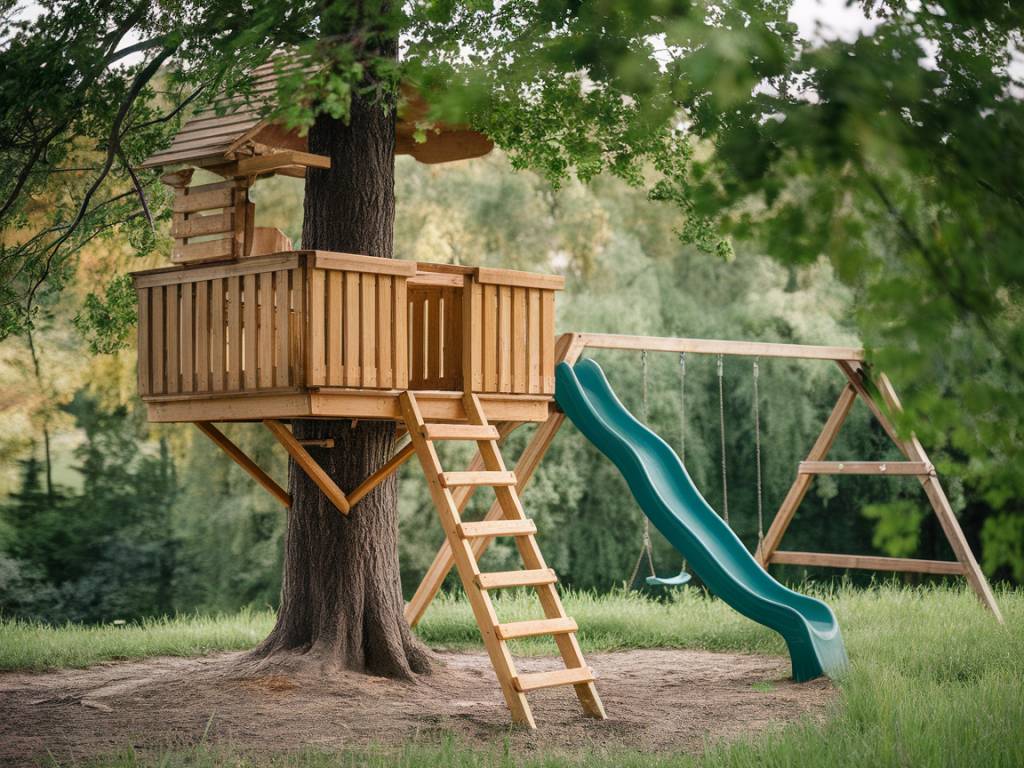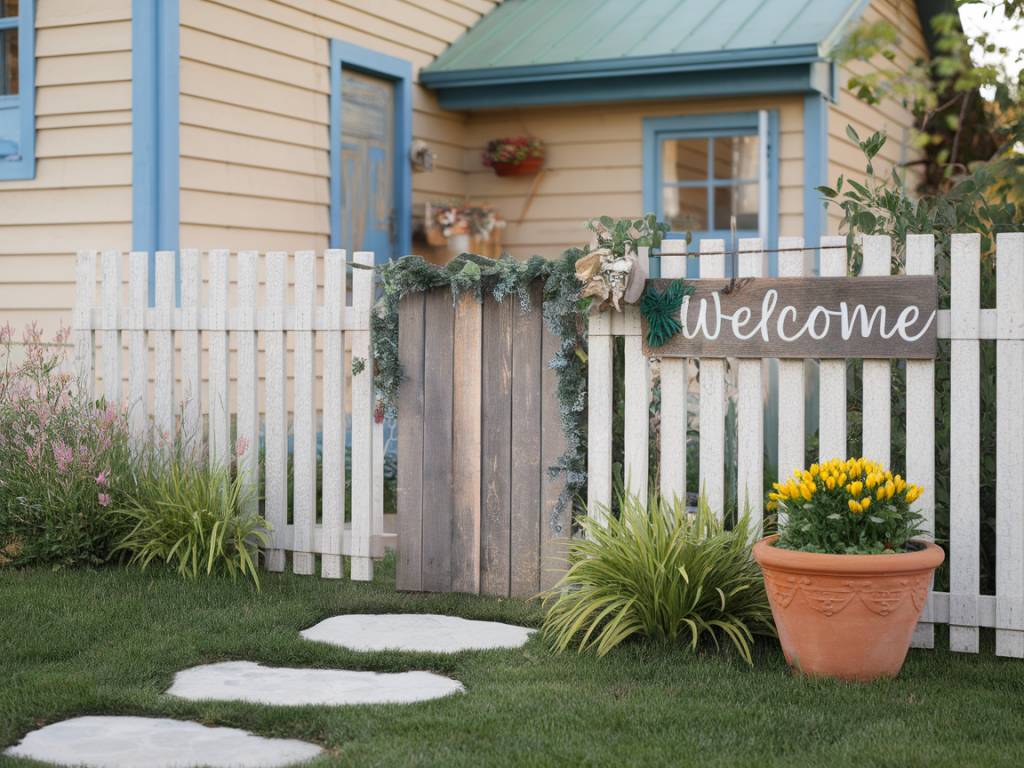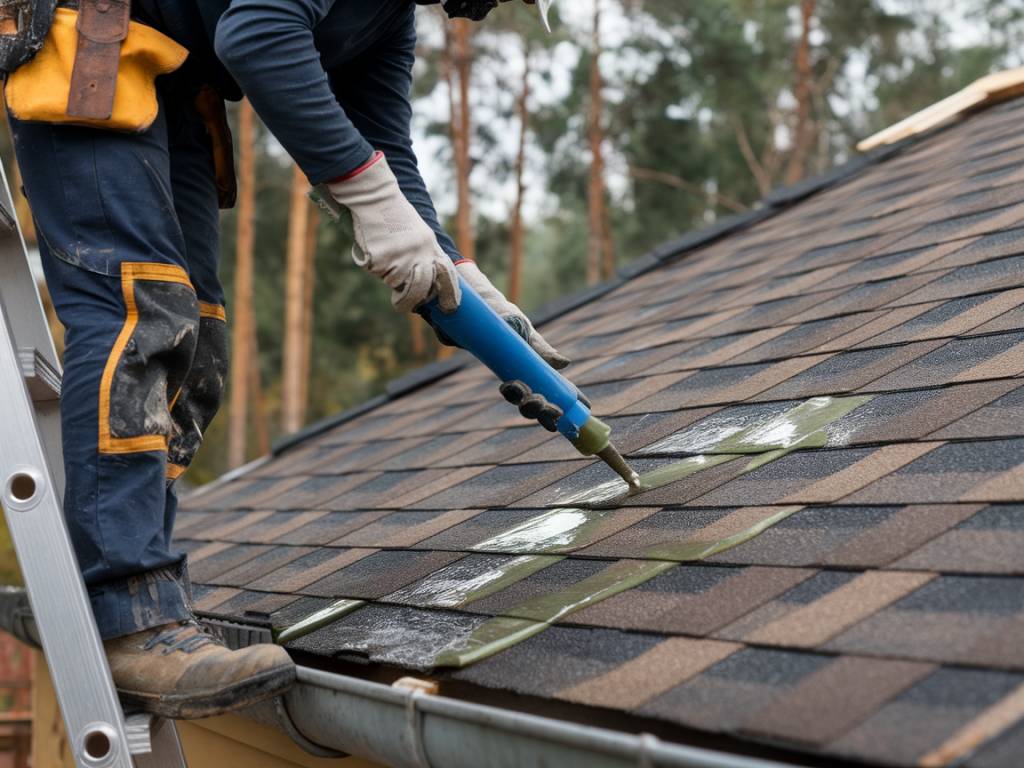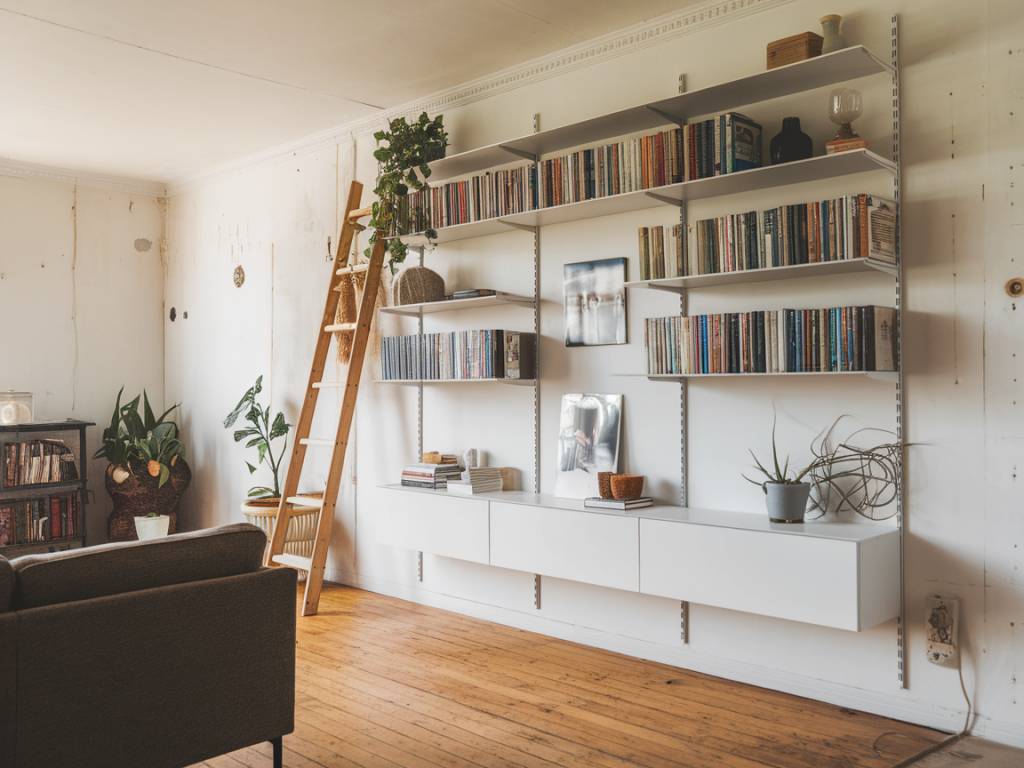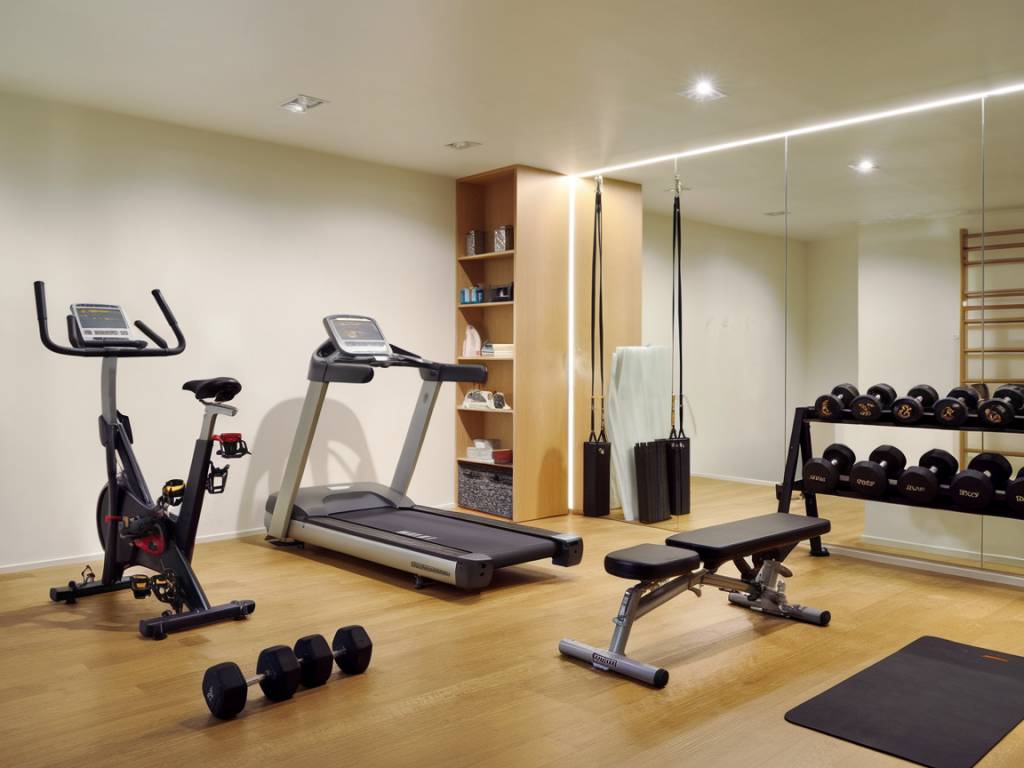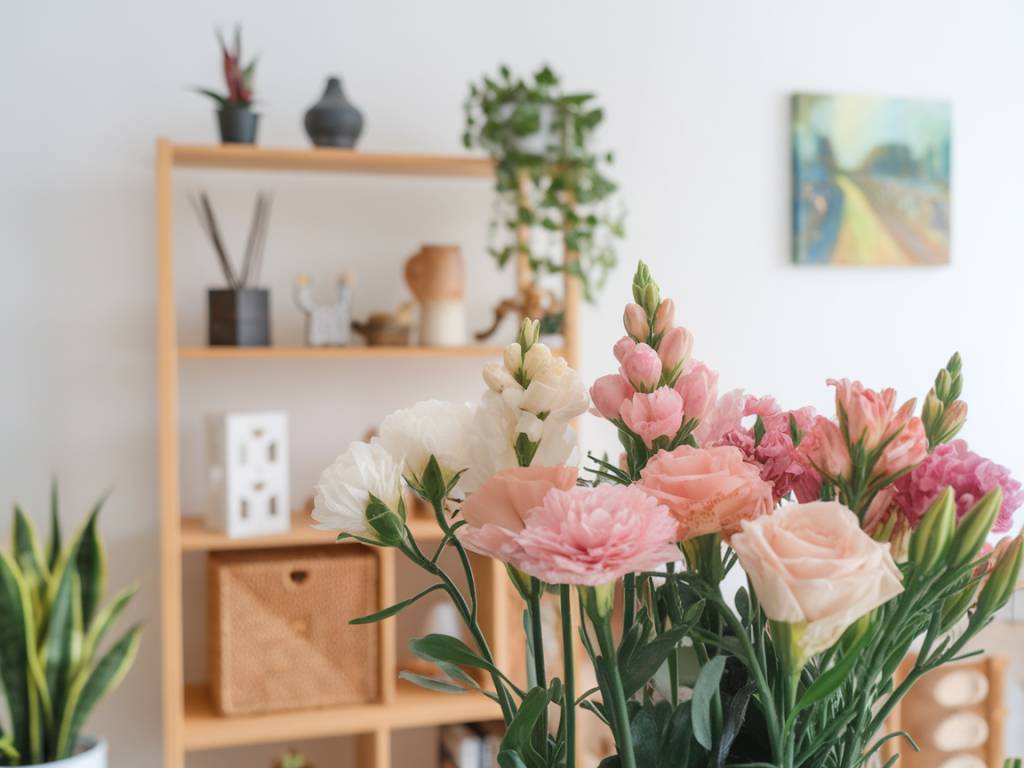Why Build a Treehouse?
Building a treehouse for your kids can be a highly rewarding experience filled with benefits for both you and your children. For the kids, it provides a unique play area that encourages imaginative play, physical activity, and a connection with nature. For adults, it can be a meaningful DIY project that offers the satisfaction of creating something special with your own hands. By following these easy steps, you can build a safe, durable, and fun treehouse that your children will love.
Choosing the Right Tree
The first step in building a treehouse is selecting the perfect tree. The ideal tree should be healthy, mature, and sturdy with thick branches. The most suitable trees include oak, maple, beech, and hemlock. These trees provide the strength and stability needed to support the structure of a treehouse.
When evaluating a tree, consider the following factors:
- Health of the Tree: Check for signs of disease or rot and ensure the tree is alive and thriving.
- Branch Thickness: Use branches that are at least 8 inches in diameter to ensure they can support the weight of the treehouse.
- Stability: Select a tree with a strong, deep root system to provide stability and reduce the risk of toppling.
- Accessibility: Choose a tree that allows easy access for children and adults alike.
Planning and Design
Before starting construction, you need to have a clear plan and design. This phase involves drawing sketches, deciding on dimensions, and determining the materials you’ll need. Using software or apps designed for DIY projects can be extremely beneficial for this step.
Consider these elements in your planning phase:
- Size and Dimensions: Decide how large you want the treehouse to be and sketch out the dimensions. Make sure your design allows room for your children to play comfortably.
- Design Features: Incorporate elements such as windows, doors, ladders, and railings. Think about what will make the treehouse both functional and fun for your kids.
- Weight Limits: Calculate the weight your treehouse will need to support, including children, furniture, and materials.
- Safety Measures: Plan for safety features like sturdy railings, safe access points, and secure fastenings.
Gathering Materials and Tools
Once your design is ready, it’s time to gather the materials and tools you’ll need. Quality materials will ensure the durability and safety of your treehouse.
Essential materials include:
- Pressure-treated lumber
- Plywood sheets
- Galvanized nails and screws
- Metal brackets and fasteners
- Water-resistant sealant
Tools you will likely need include:
- Hammer
- Drill
- Saw
- Measuring tape
- Level
- Safety gear (goggles, gloves, etc.)
Building the Platform
The platform is the foundation of your treehouse, so it’s crucial to get it right. Start by laying out the main supports on the ground and assembling the platform frame. Once this is done, attach the frame to the tree using treehouse attachment bolts (TABs). TABs are specifically designed to minimize tree damage while providing strong support.
Steps to build the platform:
- Measure and Cut Lumber: Measure the dimensions of your platform and cut the lumber accordingly.
- Assemble the Frame: Lay out the main beams and joists to form the base of your platform. Use metal brackets and screws to secure them.
- Attach to Tree: Use TABs to attach the frame to the tree. Make sure you distribute the weight evenly across multiple points.
- Install Decking: Securely fasten plywood sheets or decking boards to the platform frame.
Constructing Walls and Roof
With the platform in place, the next step is to build the walls and roof. These will provide additional safety and shelter.
Here’s how to do it:
- Frames for Walls: Build lightweight frames for the walls. If you’re including windows, make sure to frame out openings at the desired locations.
- Attach Walls: Secure the wall frames to the platform using screws and brackets.
- Add Siding: Fasten plywood or other suitable materials to the outside of the frames.
- Construct the Roof: Build a simple pitched or flat roof frame. Cover it with weather-resistant materials to protect against rain and snow.
Adding Windows, Doors, and Railings
Now that the main structure is complete, you can focus on finishing touches. Adding windows, doors, and railings will enhance the safety and aesthetic appeal of your treehouse.
Steps to follow:
- Install Windows: Cut out the window openings and install prefabricated windows or plexiglass. Secure them with screws or brackets.
- Attach Doors: Fit the door into the frame and attach it using hinges. Ensure it opens and closes smoothly.
- Add Railings: Construct railings around any open edges of the platform to prevent falls. Use sturdy materials and ensure they are securely fastened.
Decorating and Furnishing
Once the structural work is finished, it’s time to make the treehouse more inviting for your kids. Decoration and furnishing can transform a basic structure into a magical play space.
Ideas for decorating and furnishing:
- Paint: Use child-safe paint to add colors and designs to the treehouse. Let your kids help with this part to make it more personalized.
- Furniture: Add lightweight and durable furniture such as chairs, tables, or bean bags.
- Lighting: Install battery-operated or solar-powered lights for nighttime play.
- Accessories: Add items like cushions, rugs, and curtains to make the space cozy and fun.
Safety Tips
Safety should always be a priority when building and using a treehouse. Here are some key safety tips to keep in mind:
- Regular Inspections: Periodically inspect the treehouse for any damage or wear and tear. Make repairs as needed.
- Weight Limits: Adhere to the weight limits you calculated during the planning phase to avoid overloading the treehouse.
- Supervision: Always supervise young children when they are using the treehouse.
- Safe Access: Make sure ladders and steps are secure and easy to use. Install handrails if necessary.
- Weather Conditions: Avoid using the treehouse in extreme weather conditions like strong winds or storms.
Maintenance
Maintaining your treehouse will ensure it remains safe and enjoyable for years to come. Regular maintenance tasks may include:
- Cleaning: Keep the treehouse clean and free of debris, leaves, and pests.
- Sealing: Reapply water-resistant sealant to wooden surfaces to protect against moisture and rot.
- Repairs: Promptly fix any damage to the structure, such as loose nails, cracked wood, or damaged railings.
Building a treehouse for your kids is a fulfilling project that offers endless opportunities for fun and creativity. By following these easy steps and keeping safety as a priority, you can create a magical retreat that your children will cherish for years.

